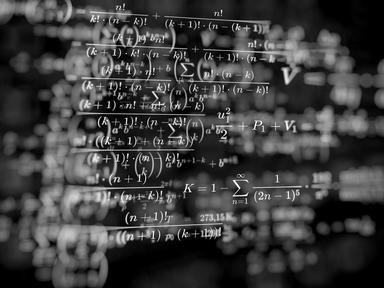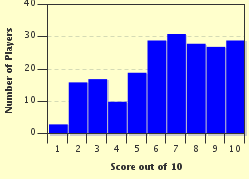Quiz Answer Key and Fun Facts
1. What is the broadest definition of calculus?
2. What are the two main branches of calculus?
3. Who is widely considered to be the father of calculus (or the father of differential and integral calculus)?
4. When differentiating a function, what does the answer mean? In other words, what does the derivative of a function represent?
5. When integrating a function, what does the answer mean? In other words, what does the integral of a function represent?
6. What does it mean to find the limit of a function?
7. Consider 'x' to be a variable. What is the derivative of 12x^4 + 10x^3 - 5x^2 + 16 with respect to x?
8. Consider 'x' to be a variable. What is the integral of 18x^2 - 10x + 3 with respect to x? Pick the most correct solution.
9. Suppose the integral was already performed on an equation. What is the simplified answer if you now take the integral from 0 to 1 for the following integrated equation:
8x^3 + 3x^2 - 4x + C
(Hint: closed interval [a=0, b=1])
10. Which of the following is not a known series used in calculus?
Source: Author
hausc018
This quiz was reviewed by FunTrivia editor
crisw before going online.
Any errors found in FunTrivia content are routinely corrected through our feedback system.

